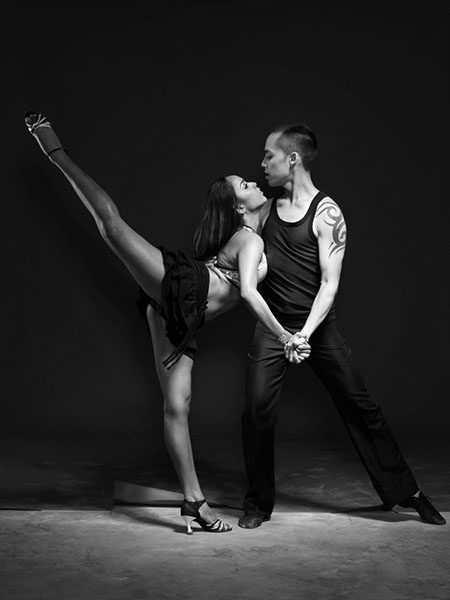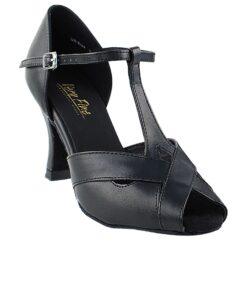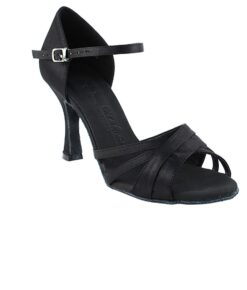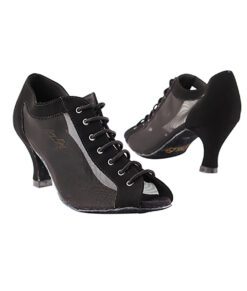What is Salsa dance?
WHAT IS SALSA?
Let’s Learn about Ballroom dancing! Salsa is one of the many forms of Cuban dance that is incredibly well known in our days. In fact, around the world, in countries such as Italy, Spain, Egypt, Brazil, and Cuba, ballroom dancing is gaining mass popularity. Therefore, whether you want to learn how to dance salsa to accept expend or unprejudiced have fun, here are some things to accept when you are started.
As mentioned above, salsa is one of the celebrated forms of traditional Cuban dance. Other steps include cha-cha, rumba, and mambo. What makes salsa fresh is that it is notorious for being one of the sexiest forms of ballroom dancing.
Salsa has an engaging history. It evolved from the rumba or son, primitive Cuban dances of the 1950′s. The extinguishing of the communist revolution prompted the birth of such ragged dances. The movements of many Cuban dances are similar. No matter what, though, you cannot narrate that salsa dancing and other worn forms of Cuban dance are integral to Cuban culture.
If you want to learn to dance salsa, there is no substitute for a true visit to Cuba. There, you can visit the clubs of Havana and learn many salsa dancing techniques. Of course, not everyone can go to Cuba, but alternatively, you can learn dancing online or purchase a class in a ballroom dance studio to learn some basics.
Many styles of salsa dancing are taught worldwide, so it is not difficult to learn a bit about it, but the unique traditional version can be founded only in Cuba. The mountainous thing about salsa dancing is that it is easy to learn the three basic dancing steps. However, becoming a professional salsa dancer and gaining mastery over the entire process could be very difficult. If you can devote enough time to it, learning salsa can be a very rewarding experience.
WHY LEARN SALSA DANCING?
Start learning salsa dance, and it will support you to fetch into better physical shape.
Bored with old exercises? Do not anguish. Salsa dancing is far from expressionless. You will procure yourself feeling healthier and stronger in no time. It is also a vast social activity. It can really abet you to build modern friends and savor-approved bonds. Salsa is a couples’ activity, so you can gain a partner who enjoys it as grand as you do. You can support each other, motivate and relish the process together.
So, Cuba is not objectively known for cigars and coffee anymore. It is a Cuban craze that’s sweeping the world.
Another essential thing to remember when learning a ballroom dance is the uniform. The design of the dance dress used for Ballroom dancing has a very strong impact on the overall performance of students. In most cases, just incorrect design of the dress or practice wear stops their progression from achieving the Dance Olympus.
Why is this so important? Even the slightest restriction of the student’s body will hinder the flow of his movements during the dance, and the lack of experience will not allow him to understand that only his uniform limits the harmonic motion. In addition, it will force students to learn their routines improperly and spend a lot more time becoming proficient dancers.
On the other hand, modern ballroom dance dresses look like a real work of art. They are completely embroidered with rhinestones, beads, or spangles, creating a unique atmosphere of magic. During the dance performance, the ballroom dancer feels like a real diamond, which is worth only a gold medal.
In the next article, we will give you some useful advice on how to choose the right dance dress for you or for your child.
Stay with us.











